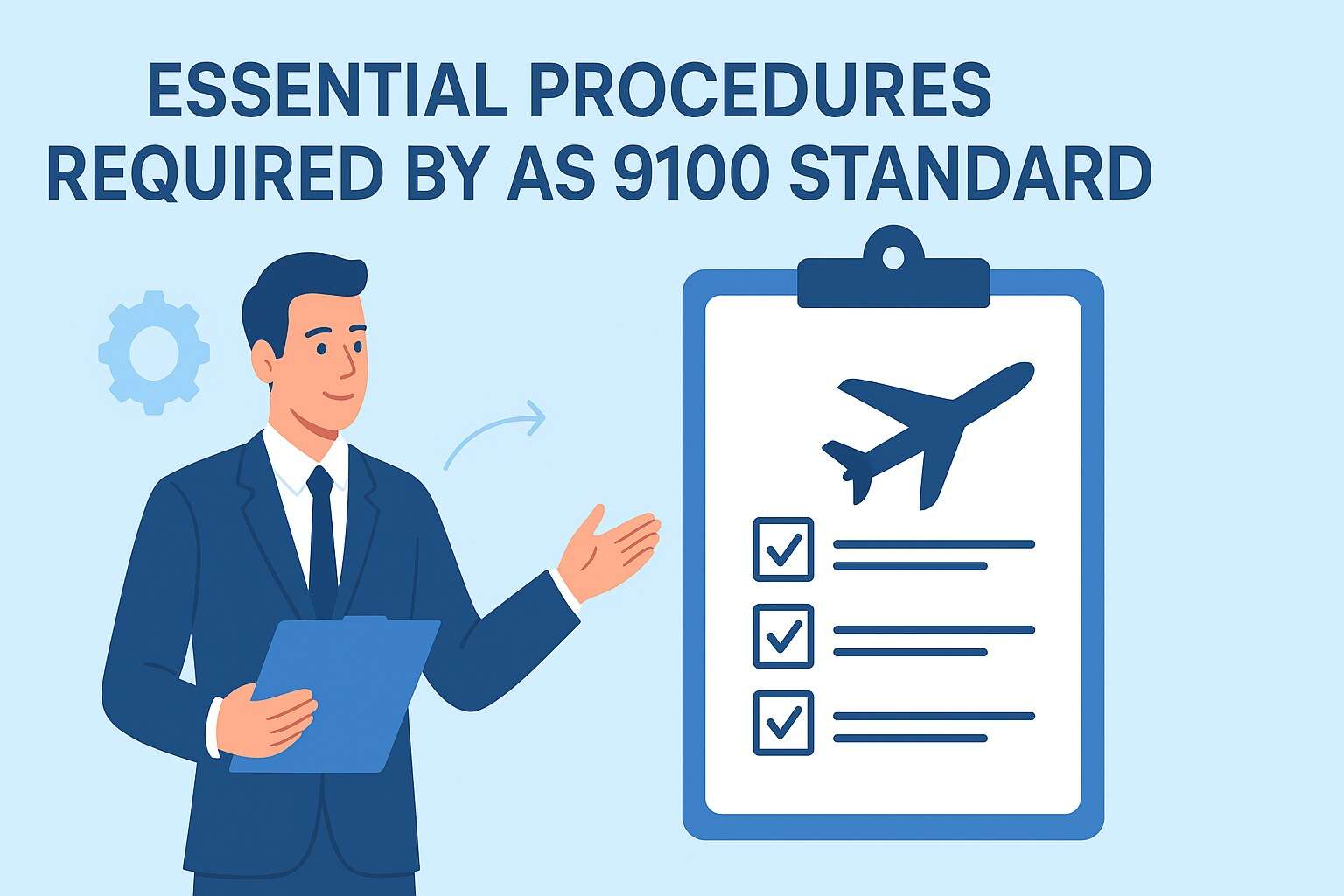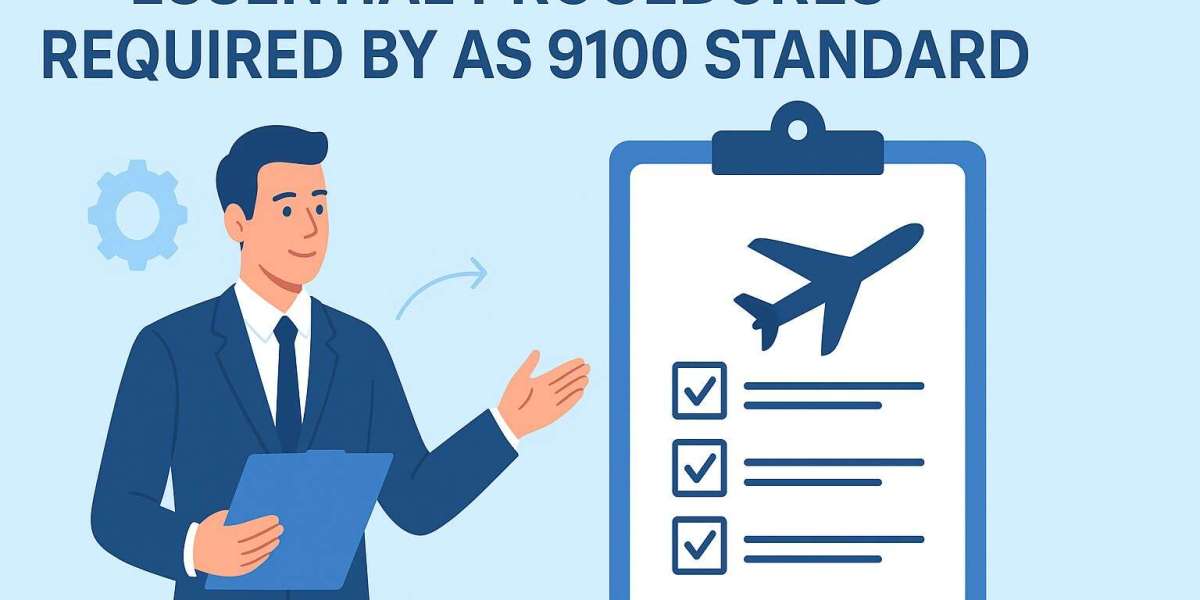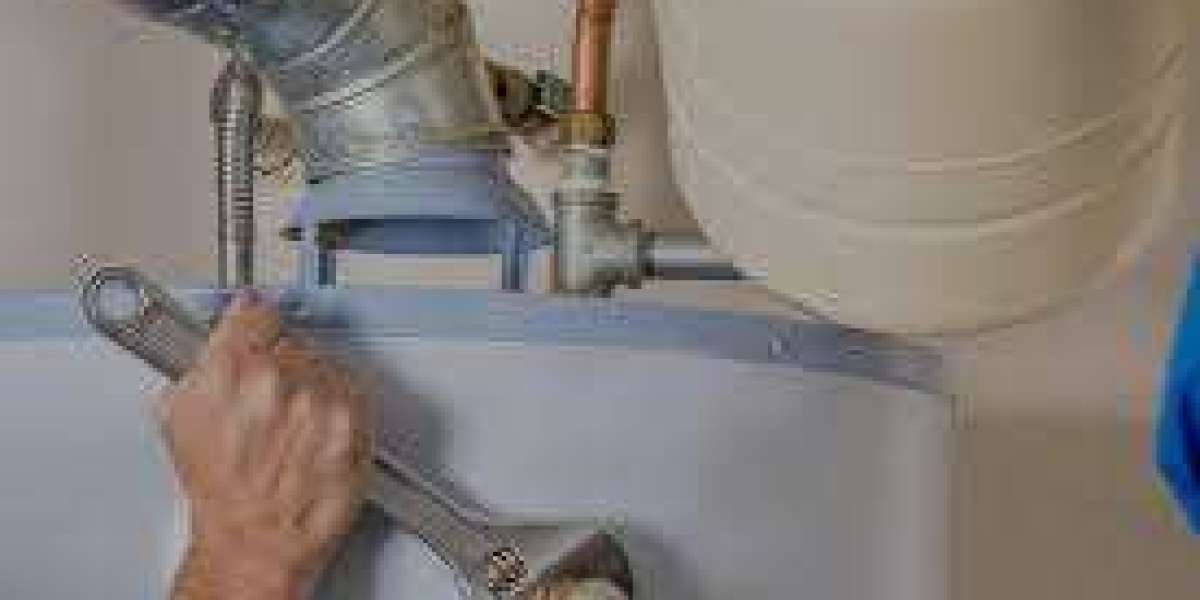 In the aerospace industry, maintaining quality, safety, and reliability is not optional—it’s mandatory. The AS 9100 Standard, developed specifically for aerospace and defence organizations, defines the framework for a robust Quality Management System (QMS). A critical part of achieving and maintaining compliance with this standard is having well-defined, documented, and implemented procedures. These AS 9100 documents serve as the backbone of an organization’s quality control system, ensuring consistency, traceability, and continual improvement throughout the production and supply chain.
In the aerospace industry, maintaining quality, safety, and reliability is not optional—it’s mandatory. The AS 9100 Standard, developed specifically for aerospace and defence organizations, defines the framework for a robust Quality Management System (QMS). A critical part of achieving and maintaining compliance with this standard is having well-defined, documented, and implemented procedures. These AS 9100 documents serve as the backbone of an organization’s quality control system, ensuring consistency, traceability, and continual improvement throughout the production and supply chain.
The Role of AS 9100 Documents in Aerospace Quality Management
The AS 9100 documents outline the policies, processes, and procedures required to manage all aspects of quality within an aerospace organization. They define “what” and “how” activities are to be performed to meet customer, regulatory, and standard requirements. Proper documentation helps ensure that employees follow consistent processes, which directly enhances product quality and reliability.
Under the AS 9100 standard, documentation requirements include not only a Quality Manual and Quality Policy, but also specific procedures that cover key operational and management areas. These procedures guide organizations in achieving standard compliance while promoting risk-based thinking, product safety, and configuration management—essential elements of aerospace quality systems.
Key Procedures Required by AS 9100 Standard
Below are some essential procedures every aerospace organization should include in its AS 9100 documents to ensure compliance with AS 9100D requirements.
1.Documented Information Control Procedure
This is the foundation of any QMS. It defines how documents are created, approved, distributed, and revised. Effective document control ensures that only current, approved versions of documents are used across the organization, minimizing errors and inconsistencies.
2.Risk Management and Operational Planning Procedure
AS 9100 emphasizes risk-based thinking. This procedure outlines how risks and opportunities are identified, assessed, and mitigated. It ensures proactive management of potential issues before they impact quality or delivery.
3.Configuration Management Procedure
Aerospace products often undergo complex design and engineering changes. The configuration management procedure ensures that every product version, component, and revision is properly documented, tracked, and verified to maintain product integrity throughout its lifecycle.
4.Supplier Evaluation and Purchasing Procedure
Quality starts with the supply chain. This procedure outlines how suppliers are selected, evaluated, and monitored. It ensures that purchased products and services conform to specified requirements, protecting the organization from supplier-related risks.
5.Production and Process Control Procedure
To maintain product conformity, organizations must establish procedures for process validation, equipment maintenance, production monitoring, and process changes. These steps ensure that production consistently delivers compliant outputs.
6.Nonconformance and Corrective Action Procedure
This essential procedure defines how to handle defects, deviations, or process failures. It includes steps for root cause analysis, corrective action implementation, and verification of effectiveness—key components of continual improvement.
7.Internal Audit Procedure
Internal audits help evaluate whether the QMS meets AS 9100 requirements and is effectively implemented. This procedure establishes the audit schedule, methodology, responsibilities, and reporting structure for continuous evaluation.
8.Management Review Procedure
Top management must periodically review the performance of the QMS. This procedure ensures a structured approach to analysing audit results, customer feedback, process performance, and improvement opportunities.
9.Training and Competence Procedure
A well-trained workforce is critical for compliance. This procedure ensures that employees have the necessary qualifications and ongoing training to perform their tasks effectively, maintaining high quality and safety standards.
Benefits of Maintaining Proper AS 9100 Documents
Implementing these AS 9100 documents provides multiple benefits:
- Consistency: Ensures that all employees follow standardized processes.
- Traceability: Facilitates tracking of changes, responsibilities, and records.
- Compliance: Helps demonstrate conformance during certification audits.
- Risk Reduction: Promotes proactive risk management across processes.
- Continuous Improvement: Encourages data-driven corrective actions and better decision-making.
Moreover, organizations that maintain updated and well-organized documentation often find the certification process smoother and less time-consuming. The documentation not only satisfies auditors but also becomes a valuable internal tool for efficiency and quality improvement.
Conclusion
In summary, the AS 9100 documents form the foundation of an aerospace organization’s quality management system. They define essential procedures that guide every aspect of operations—from design to delivery. By establishing clear and effective documentation for areas such as risk management, configuration control, supplier evaluation, and nonconformance handling, companies can ensure compliance with AS 9100 standards while strengthening their commitment to safety and reliability.



